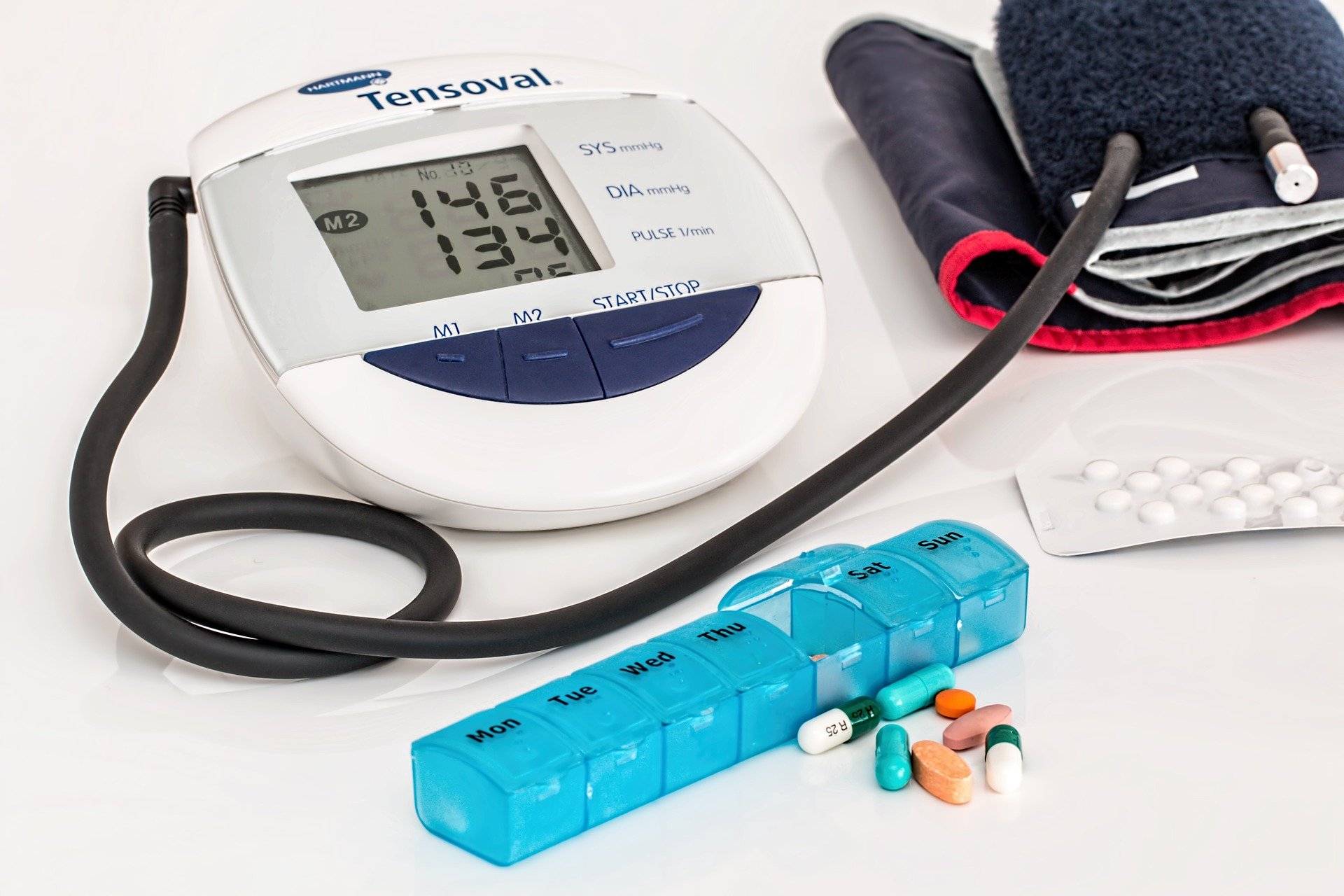New Treatment Offers a Quick Cure for Common Cause of Hypertension

Doctors at Queen Mary University of London, Barts Health NHS Trust and University College London have developed a groundbreaking, minimally invasive treatment, Triple T, offering hope for millions of people with high blood pressure caused by a commonly overlooked condition.
The treatment, which could transform blood pressure management, has been published in The Lancet.
Triple T, also known as endoscopic ultrasound-guided radiofrequency ablation, is poised to change the way we address primary aldosteronism (PA) – a hormonal disorder that causes high blood pressure in one in 20 patients with blood pressure yet is often undiagnosed and untreated. This treatment has shown promising results in clinical trials and could become an accessible alternative to surgery, offering relief to those who suffer from this condition.
The hidden cause of high blood pressure
High blood pressure, affecting one in three adults, has several underlying causes, with PA being one of the most common yet underdiagnosed. In this condition, benign nodules in the adrenal glands produce excess aldosterone, a hormone that raises blood pressure by increasing salt levels in the body. Patients with PA often do not respond to standard medications and face increased risks of heart attacks, strokes and kidney failure.
Until now, the only effective treatment for PA has been the surgical removal of the affected adrenal gland. However, this procedure requires general anaesthesia, a hospital stay, and weeks of recovery, causing many patients to go untreated. Triple T provides a faster, safer, and less invasive alternative by targeting and destroying the malfunctioning adrenal nodule without removing the gland.
How Triple T works
The procedure uses a combination of radiofrequency or microwaves and ultrasound to deliver targeted heat to the adrenal nodule. A fine needle is inserted through the stomach to the adrenal gland, guided by real-time ultrasound imaging, where short bursts of heat are used to destroy the problematic tissue. This targeted approach ensures minimal damage to surrounding healthy tissues. The entire procedure lasts only 20 minutes and requires no incision.
Triple T’s success stems from recent advances in diagnostic scans, which use molecular dyes to accurately locate even the smallest adrenal nodules. These breakthroughs, combines with the ability to directly target nodules adjacent to the stomach, have enabled this minimally invasive approach.
Successful trial and promising results
The Feasibility study of radiofrequency endoscopic ABlation, with ULtrasound guidance (FABULAS) trial which tested Triple T on 28 patients with PA, showed excellent results. The procedure was found to be safe and effective, with most patients experiencing normalised hormones levels within six months. Many participants were able to stop all blood pressure medications, and the condition did not recur.
Professor Morris Brown, co-senior author of the study and Professor of Endocrine Hypertension at Queen Mary University of London, reflected on the significance of this milestone: “It is 70 years since the discovery in London of the hormone aldosterone, and, a year later, of the first patient in USA with severe hypertension due to an aldosterone-producing tumour. This patient’s doctor, Jerome Conn, predicted, with perhaps only minor exaggeration, that 10-20% of all hypertensions might one day be traced to curable nodules in one or both glands. We are now able to realise this prospect, offering 21st-century breakthroughs in diagnosis and treatment.”
One trial participant, Michelina Alfieri, shared her experience: “Before the study, I suffered from debilitating headaches for years despite multiple GP visits. As a full-time worker and single parent, my daily life was severely affected. This non-invasive treatment provided an immediate recovery—I was back to my normal routine straight away. I’m incredibly grateful to the team for giving me this choice.”
What’s next?
The success of the FABULAs trial has led to a larger study, WAVE, which will compare Triple T with traditional surgery in 120 patients. Results are expected in 2027.
Professor Stephen Pereira, Chief Investigator of FABULAS, emphasised the potential global impact of Triple T. he said: “This less invasive technique could be widely offered in endoscopy units across the UK and internationally.”
Clinical Endocrinology Lead at Addenbrooke’s Hospital and Professor of Clinical Endocrinology at the University of Cambridge, Professor Mark Gurnell, said: “Thanks to this work, we may finally be able to diagnose and treat more people with primary aldosteronism, lowering their risk of developing cardiovascular diseases and other complications, and reducing the number of people dependent on long-term blood pressure medication.”
The research was primarily supported by Barts Charity, National Institute for Health and Care Research (NIHR) through the Barts and Cambridge Biomedical Research Centres (BRCs), and the British Heart Foundation.
It is being followed by a larger randomised trial, called ‘WAVE’, which will compare TTT to traditional surgery in 120 patients. The results are expected in 2027.
Source: Queen Mary University of London



